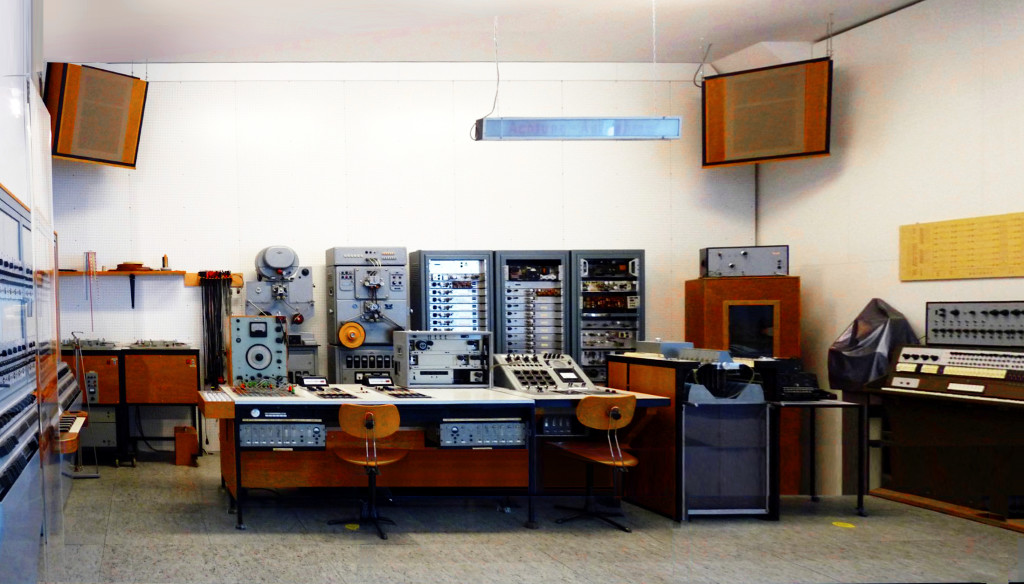Watch just how painstaking and time-consuming electronic music production was ca. mid-to-late 1960s, in this rare documentary of the German Siemens Studio (now preserved in Munich at the Deutsches Museum).
There’s not a lot of detail on this 1967 film posted to freeartslab, but it’s wonderful and I expect some readers will know more:
The film is credited as featuring composer Josef Anton Riedl – and on YouTube says this takes place in 1967 (though I’m guessing it’s rather 1966, the last year of that studio’s operation). Riedl was the lab’s director, and started the legendary Neue Musik München / Klang-Aktionen, as well as being perhaps a legend of concrete music in Germany.
It’s a beautiful and deliberate documentary, covering in unusual detail each step of the compositional process. That includes the hand-drawn notes and dial-and-numbers interface for making scores from ticker tape, meticulous control of test tone oscillators and generators, and some hot vocoder action.
It’s in German, but the usual YouTube CC tools apply.

Eager to hear in comments if folks can comment more on what we’re seeing.
And yes, you get to see a lot of the same test tone generators that Hainbach and others have recently re-popularized as they grabbed them off the used market. (I got to use that equipment in Rotterdam at WORM, where there’s also a collection in the Waveform Research Centre of Lukas Simonis and Henk Bakker.)
Of course, you also see that some of this context is quite different – and some of the electromechanical equivalent of what in the digital realm was the score paradigm of tools like CSound (aka in the late 50s and 1960s, Max Mathews’ Music).
Anyway, if nothing else, I hope this inspires us all to put on a suit and tie and turn our dials really slowly. Plus get out that Sharpie.